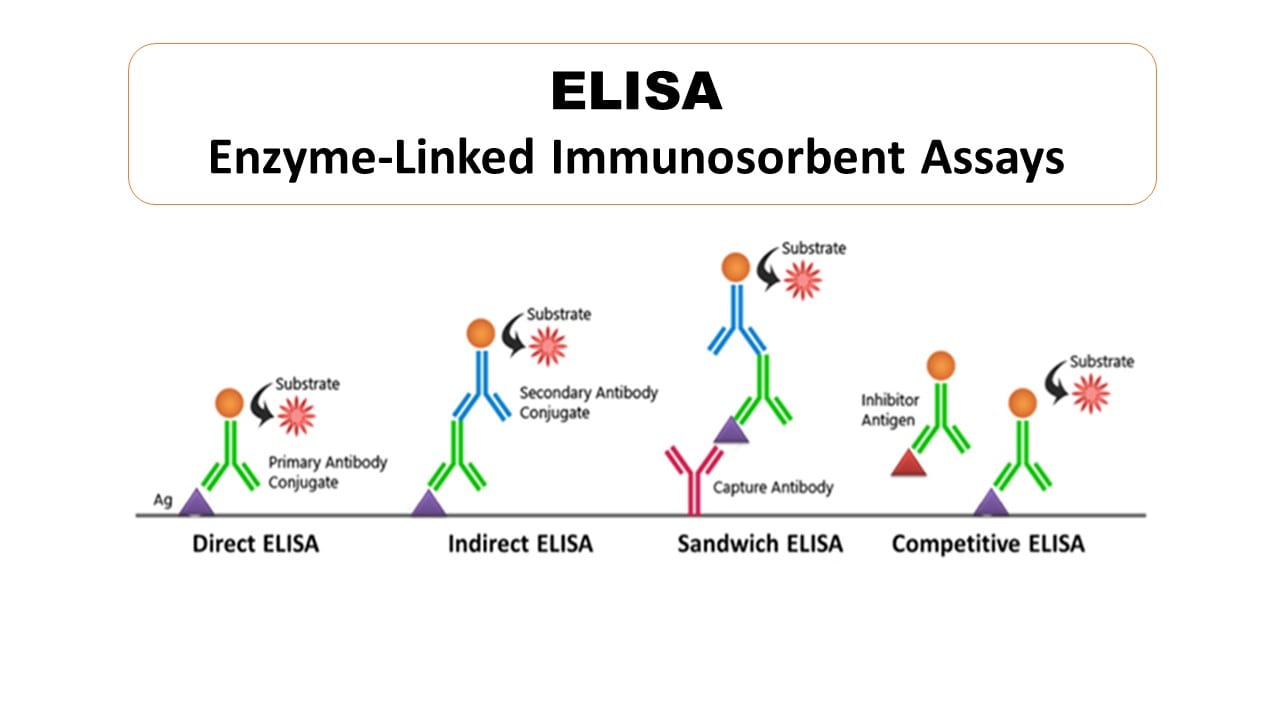Elisa Del Genio: Unveiling A Smart Diagnostic Approach
Have you ever stopped to think about the truly smart ways we check for tiny, unseen elements in our bodies or in other samples? It's a rather big deal, actually, and it helps us figure out so much about health, diseases, and even how safe our food is. There's a particular method, which we might call 'elisa del genio,' that stands out for its cleverness and precision. This isn't about a person, you see, but more about the sheer brilliance behind a very sensitive laboratory technique.
This remarkable method, often known by its simpler name, ELISA, has become a cornerstone in many fields. It's used as a diagnostic tool in medicine, for instance, helping doctors understand what’s going on inside us. You'll also find it playing a vital role in plant pathology, helping keep our crops healthy, and in biotechnology, which is pretty cool.
So, you might be wondering, what exactly is this 'elisa del genio' all about? And why is it so widely used? Well, this article will walk you through how this intelligent technique works, what it can find, and where it makes a real difference. We'll explore its various forms and just why it’s considered such a powerful way to get answers, too.
Table of Contents
- What is Elisa del Genio?
- How This Clever Technique Works
- Why Elisa del Genio is So Important
- Where Elisa del Genio is Used
- Exploring the Methods of Elisa del Genio
- Frequently Asked Questions About Elisa del Genio
What is Elisa del Genio?
When we talk about 'elisa del genio,' we're really focusing on a very smart laboratory testing technique. It's known as an Enzyme-Linked Immunosorbent Assay, or ELISA for short. Basically, it's a way to find and measure specific things in fluid samples, like blood or other bodily fluids. You know, it's pretty amazing what it can pick up.
This technique is a common laboratory staple, used to detect and even count various substances. These can include certain antibodies, which are like our body's tiny defenders, or antigens, which are often foreign invaders. It can also spot proteins and hormones, which are really important for how our bodies work. So, it's almost like a super-sensitive detective for biological markers.
In its most straightforward form, an ELISA starts by looking for antigens. These are usually molecules that can trigger an immune response. The whole process is built on the idea that certain proteins, whether they are antigens or antibodies, can be precisely identified. It’s a very sensitive immunochemical technique, which means it uses immune reactions to get its results, you see.
- Dual Audio Movies 720p Download Khatrimaza
- Bella Mavio Qarxis Telegram
- 9xmovies Today
- Web Series Ullu
- Jhony Sins
How This Clever Technique Works
So, how does this 'elisa del genio' actually pull off its amazing feats? Well, it's all about a very specific kind of biochemical reaction. At its core, it's designed to detect the presence of antigens or antibodies in a sample. It's a method of quantifying an antigen, meaning it can tell you not just if something is there, but how much of it there is, too.
The basic idea involves using enzymes linked to antibodies or antigens. When these linked enzymes react with a substrate, they produce a measurable signal, often a color change. This signal then tells us if the target substance is present and, crucially, how much of it there is. It's really quite ingenious, if you think about it.
For example, in a very simple setup, antigens from a sample are typically coated onto a surface. Then, specific antibodies, which are designed to stick only to those antigens, are added. If the antigens are there, the antibodies will bind. An enzyme linked to a second antibody then comes into play, and when a special substrate is added, a reaction happens. This reaction, like a color change, is what the 'elisa del genio' detects, giving us our answer, basically.
Why Elisa del Genio is So Important
The reason 'elisa del genio' has become such a widely used tool is because it's incredibly good at what it does. It is highly sensitive, meaning it can find even tiny amounts of a substance. And it's also very specific, which means it can tell the difference between similar substances, so it doesn't get confused, you know?
This combination of high sensitivity and specificity makes it extremely valuable in many areas. For instance, in clinical diagnostics, it's a go-to method for doctors and labs. It helps them diagnose conditions, monitor disease progression, and even check for immune responses. It’s pretty much a staple in modern medical testing, actually.
The ability to accurately detect and count specific antibodies, antigens, proteins, and hormones in bodily fluid samples is a game-changer. It means we can get precise information that helps make informed
- Mckinley Richardson Nude
- Princess Qajar
- Erome Aishah
- What Did Brodie Moss Get Bitten By
- Andie Elle Nude

Molecular Biology diagram present type of the enzyme-linked

ELISA - Enzyme-Linked ImmunoSorbent Assay Protocol | Aviva Systems

ELISA- Principle, Types, Uses, Advantages and Disadvantages